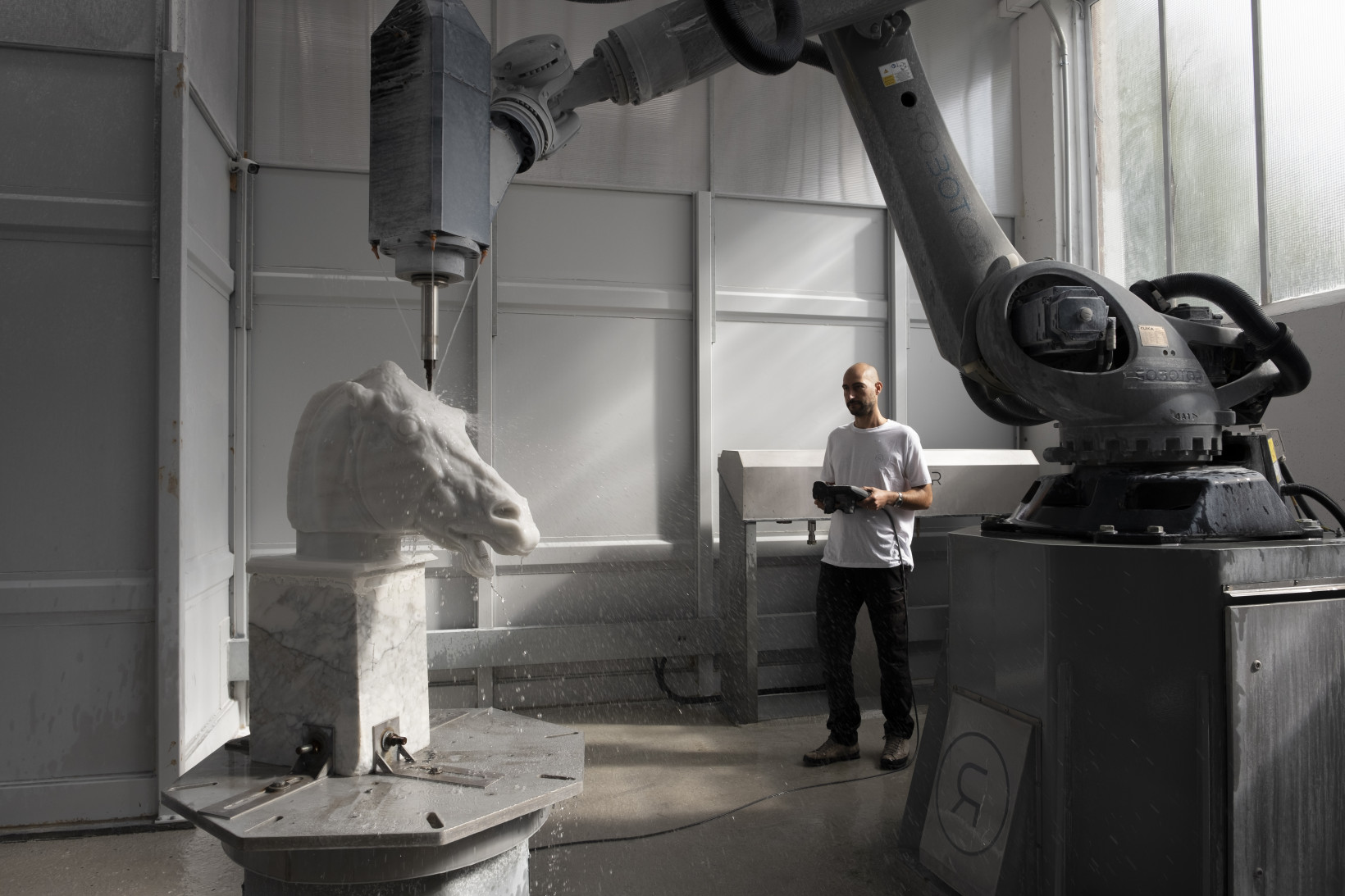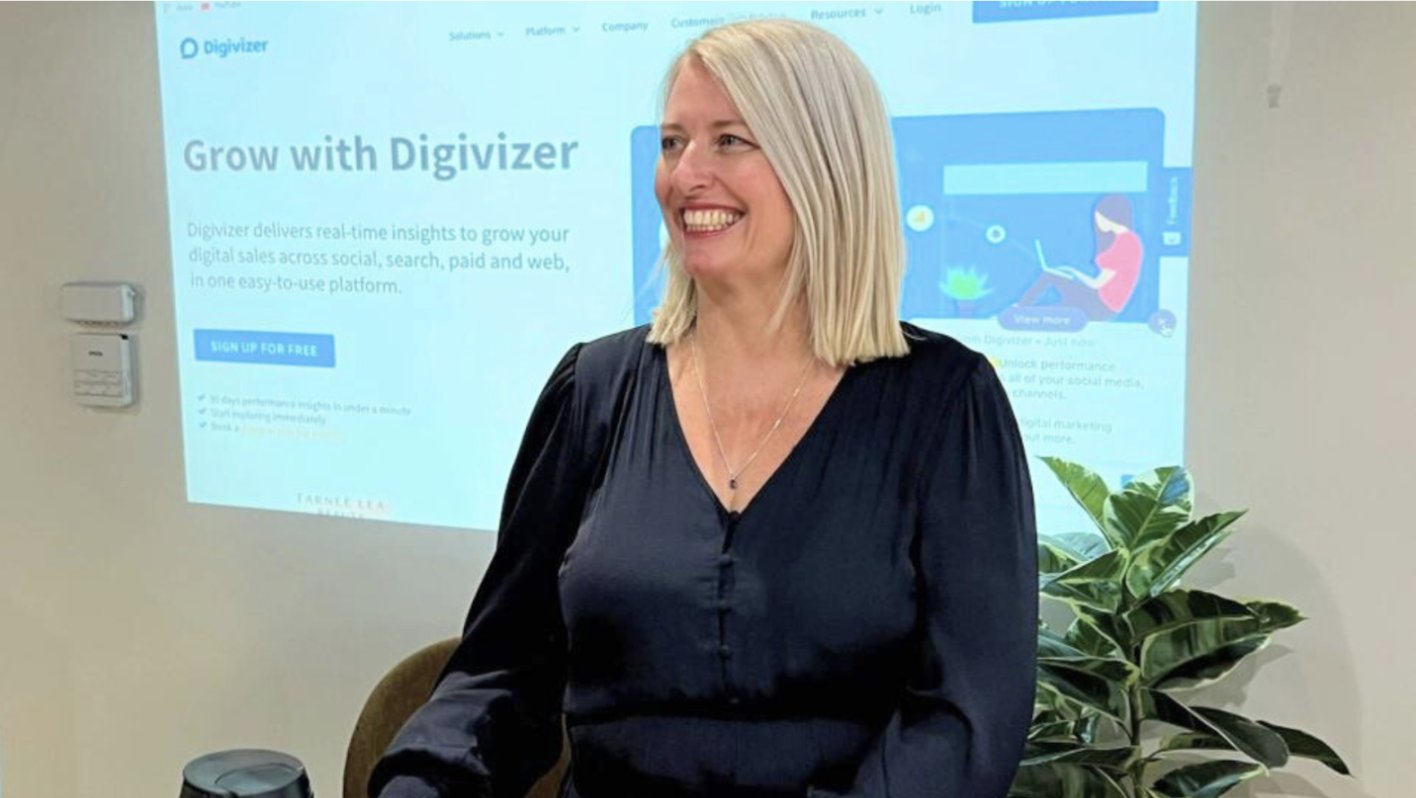I recently met with a NASDAQ-listed CEO to review their marketing performance. Before the call, I’d gone into their Digivizer Digital Marketing Insights brand space and looked at all their data. Not just what the numbers showed, but what they actually meant for the business.
I opened the meeting with: “Here are five things you should do.” Then I explained why each one mattered and showed them the data that supported it.
His response: “How do we do this now?”
Too often, marketing teams would have spent 30 minutes presenting dashboards. I translated the data into priority decisions instead. It was substantiated by data but presented with the value.
That’s the gap. Marketing teams everywhere have mountains of data (granted, it’s everywhere unless you have Digivizer) but can’t answer the simple question every CEO asks: “So what should we actually do?”
The Problem
Most organizations get stuck presenting what happened instead of what to do about it.
They’ll show you traffic increased 23%. Social engagement is up by 15%. Then they wonder why executives look unimpressed.
Better teams go further. They’ll say “traffic increased because we shifted budget to video content.” At least they can explain the pattern. But it still doesn’t answer what to do next.
The marketing teams who actually move the needle walk in and say something like: “Video drives qualified traffic at half the cost of display. Here’s how we should reallocate $200K to maximize ROI this quarter while testing three channels showing early promise.” And the even better ones will add what it will do to driving MQL and SQLs (actual value to the business and at what cost per lead).
The team that is reporting what happened is not as valuable as the team that is telling you what to do about it and how it relates to business revenue and cost of that revenue.
Right now, 59% of CMOs say they can’t execute their strategy because they don’t have enough budget (Gartner’s 2025 CMO Spend Survey). When your team can only report on what happened instead of recommending what’s next, it’s very easy to become part of that statistic.
How Translation Actually Works
Let me show you what this looks like in practice. Someone in my team came to me with the observation: “Starter pack sales as a percentage of total sales decreased from the same time last year.”
It’s easy to stop there. The data point sounds meaningful. But that’s not translation yet.
So I walked them through the business questions: What’s the actual volume year over year of Starter Packs? All those new customers last year and since that bought the Starter Packs, how are they translating into lifetime value? If the overall new customer strategy is working, you would expect that recurring revenue is increasing greater than the number of lower cost starter pack (so whilst the number of new customers can still be increasing, the percentage of sales of new customers may be decreasing relative to total revenue).
We then focused on purchase frequency, and explored how we can grow frequency of purchase or upsell of product range. Can we generate more predictable and higher value revenue through subscription sales? How does the ROAS change when we put more budget to Subscription Sales? etc
Once we looked at it through that lens, the whole story changed. We weren’t losing ground at all. We were successfully growing new customer acquisition and increasing customer lifetime value to general overall growing revenue at an increasing growth rate. The percentage shift wasn’t a problem. It was proof our dual strategy was actually working.
Same data. Completely different business story.
The recommendation we came to as a team: Keep investing in new customer acquisition at the same level, but shift additional resources to lifetime value optimization since we’ve proven that engine works. And test how to sell subscription earlier (greater lifetime value ROAS). That’s a growth decision, not a defensive one.
That’s translation. You take the data, ask the business questions, and turn it into a recommendation with a clear action.
And right now, that recommendation is proving to grow revenues.
Learning the skill of translation of data into business recommendations is becoming the most valuable thing you can develop as a marketer.
How To Actually Fix This
Here’s how you start developing those translation skills:
Start with the business question, not the data. Before you look at a dashboard, ask: “What is our ultimate goal here? What decision is this data supposed to inform?” That question forces you to think about the outcome first.
Connect every metric to money. Traffic and engagement aren’t business outcomes. Revenue is. Customer acquisition cost is. Lifetime value is. Margin improvement is. Make those connections explicit. Understand the relationship between each metric and watch the percentage conversions in the relationship between each metric and see what can be done to improve the conversion percentages.
Give the recommendation with confidence whilst also being clear that everything is an educated hypothesis, and that there is a time period in which you need to truly test the change. This is where most teams hesitate. They’ll present options: “We could do A or B or C.” Or they will agree to be measured on a timeframe that does not match the customer purchase journeyn.That’s not strategic guidance.
Instead, pick the recommendation you believe in and explain why. Then measure it as you go, so you can see if your recommended hypothesis plays out the way you proposed it would. Understand the early data, but ensure you give valid time in sync with customer buying journeys, to prove out the new recommendation.
Show what happens if they do nothing. Sometimes, “here’s what happens if we maintain our current approach” lands harder than any upside projection.
When marketing teams make this shift, something changes in the room. The c-suite stops questioning the marketing budget and starts asking how they can invest more. It is seen as an investment strategy not a cost management exercise.
Why This Matters Right Now
Marketing budgets have flatlined at 7.7% of company revenue, and 39% of CMOs are cutting both agency spend and headcount (Gartner, 2025). The pressure isn’t going away.
There’s proof this gap exists at the highest level. BCG research found that CMOs are “particularly isolated in the C-suite” because they focus on marketing effectiveness while CEOs and CFOs want to hear about enterprise value and growth. That’s the translation gap showing up in the boardroom.
In this environment, the marketers who can navigate this landscape are the ones who can walk into the CEO’s office and say: “This is what we should do next, why it matters, and the business impact you can expect.”
Not: “Here’s what the data shows.”
Everyone has data now. AI tools can generate insights automatically. What AI can’t do, and what most marketing teams still can’t do, is make that strategic leap from insight to informed recommendation with real business context.
What You Can Do Tomorrow
If your team presents data but not decisions, start here:
Ban presentations that are just metrics. Every data point needs to answer: “What should we do because of this?”
Train your team on actual business outcomes. Make sure they understand how marketing connects to revenue, margins, and growth.
Before your next executive meeting, distill everything down to clear recommendations: “Here are the things we should do and why.” Then build the business case for each.
The teams that master this don’t fight for budget. Their CEOs are asking them “how do we do this now?”
If your marketing team struggles to collect, understand or turn data into strategic recommendations, that’s exactly the gap Digivizer was built to solve. We provide both the cross-platform intelligence and the strategic guidance to move from “what happened” to “what to do next.” Grow through marketing intelligence and expertise you can trust.










